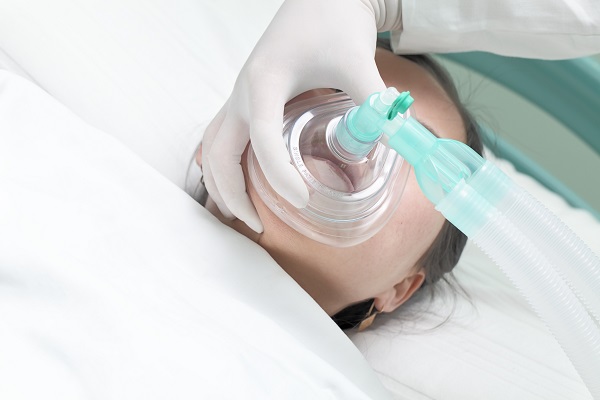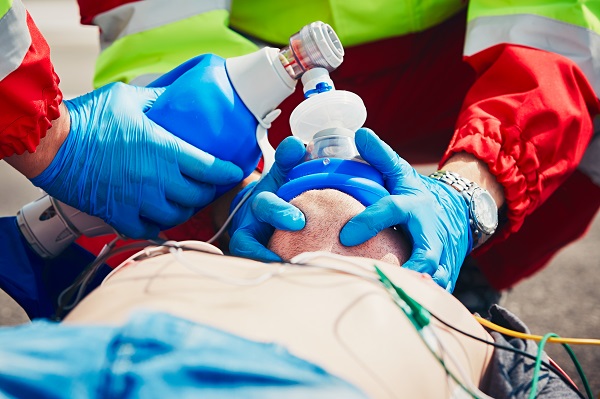 If you’re in the medical field, work in emergency services, or deal with safety management in any way, chances are you’ve heard the term PPE.
If you’re in the medical field, work in emergency services, or deal with safety management in any way, chances are you’ve heard the term PPE.
What is a PPE?
PPE stands for personal protective equipment. Personal protective equipment is any protective item of clothing or equipment that has been designed for the purpose of protecting the wearer from injury or hazard. These hazards can include physical, chemical, biohazards, and airborne pathogens. There are many types of PPE’s available, but the most common types are gloves and breathing barriers.
How are PPE’s used in Emergency Training and CPR?
PPE’s are used in emergency training and among healthcare providers as a way to protect themselves and those they come in contact with from injury or infection. Lay persons can also protect themselves by having the following PPE items on hand or in an available first aid kit:
- Gloves – there are three types of gloves available – latex, nitrile, and vinyl. Because of latex allergies, nitrile and vinyl gloves are the best options. (We only use nitrile in our classes)
- CPR mask – is used provide a barrier between the rescuer and victim or vice versa.
- CPR pocket mask – Also known as a pocket face mask, a CPR pock mask ensures safety by having a one-way filter valve in place. When the person giving breaths breathes into the mouth of the patient the one-way filter valve prevents any mucus, blood, vomit from going back into the resuscitators mouth.
- Waterless hand cleaner – because soap and water are not always readily available in an emergency situation, it’s important to keep some form of waterless hand cleaner on hand to help prevent the spread of diseases.
Personal Safety in Giving CPR
 In most cases, we don’t know our victims. Your own personal safety should be a top priority when you’re about to provide emergency medical care to assist others. You can’t continue to help save lives if you’re sick or injured. Prior to treating a victim, the rescuer should do everything they need to in order to protect themselves: gloves, pocket mask, barrier shield (usually one-time use), BVM for HCP’s. Rescuers may also want to use eye protection, gowns to cover clothing, and all of the above PPE.
In most cases, we don’t know our victims. Your own personal safety should be a top priority when you’re about to provide emergency medical care to assist others. You can’t continue to help save lives if you’re sick or injured. Prior to treating a victim, the rescuer should do everything they need to in order to protect themselves: gloves, pocket mask, barrier shield (usually one-time use), BVM for HCP’s. Rescuers may also want to use eye protection, gowns to cover clothing, and all of the above PPE.
If a rescuer has a biohazard bag, any materials used at a scene should be put in a bag and disposed of properly (just do not throw the stuff in a wastebasket).
Sign Up for CPR Training Classes Today!
At CPR Consultants and The Response Institute, health and safety are key. Our instructors will review the importance of PPE’s during all of our classes. For more information on our class offerings or to sign up for one of our classes, check out our class listings today.

